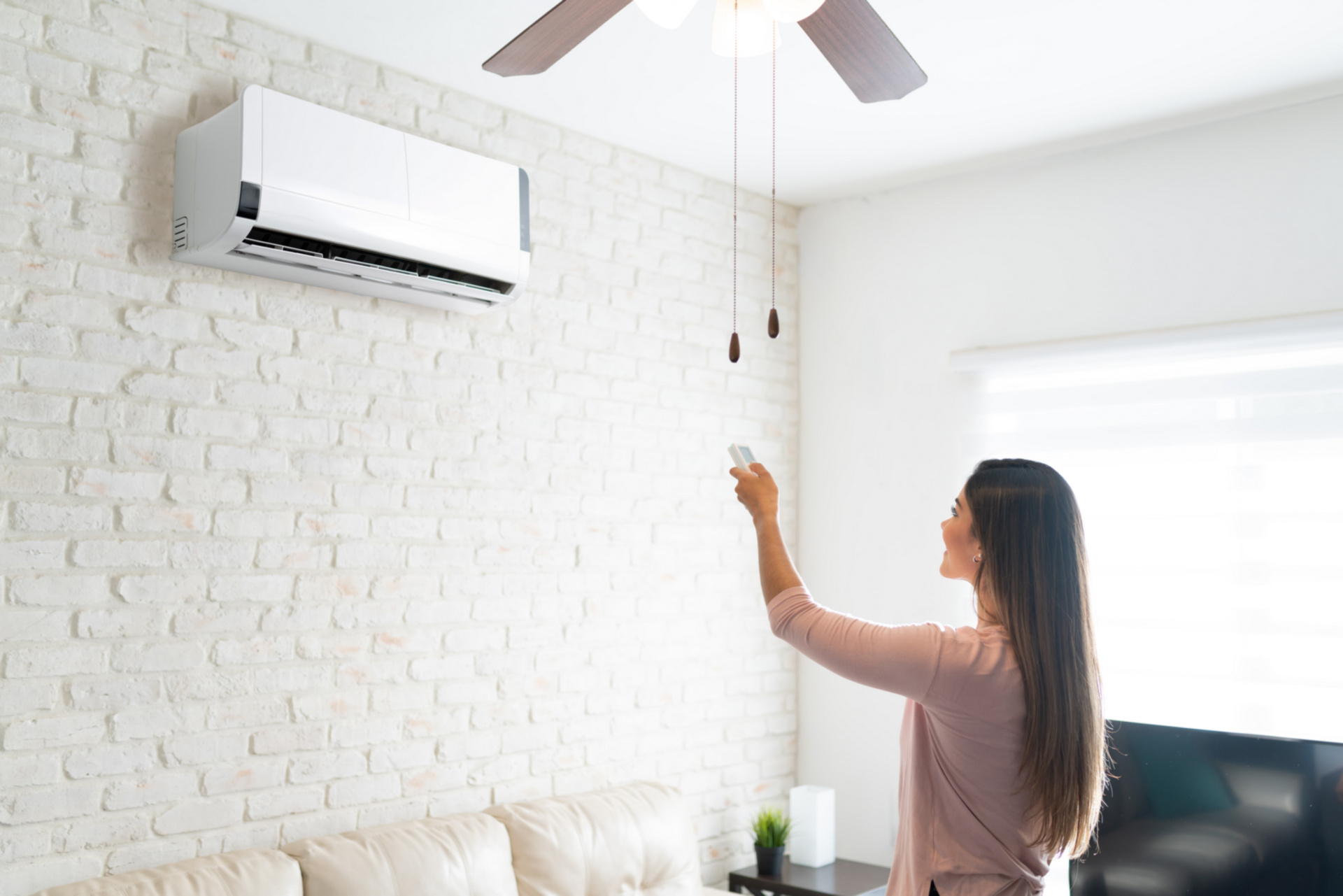Online poker has grown from a niche hobby into one of the most dynamic and competitive online gaming industries in the world. In Korea, thousands of players explore various 홀덤사이트 to test their skills, compete in tournaments, and win real money. Choosing the right online poker platform requires attention to critical factors such as reliability, security, user experience, and community engagement. The website holdem-lounge.com delivers in-depth evaluations of top-rated online poker and Hold’em sites, ensuring players access only safe and verified platforms for both entertainment and profit.
Evolution of Online Hold’em Platforms in Korea
Korean players have shown tremendous interest in online hold’em over the past decade. Platforms offering 온라인홀덤 and 온라인 포커 have evolved from simple card simulators to sophisticated gaming environments that simulate real casino experiences. The modern online hold’em site now includes immersive graphics, professional dealers, and intuitive gameplay mechanics. These upgrades have made online hold’em more popular than ever, especially among younger players looking for fast-paced mobile entertainment.
The rapid digitalization of the Korean market, combined with high smartphone penetration, has also pushed the development of 모바일 홀덤 and pc 홀덤 interfaces. Now, players can easily switch between mobile and desktop versions of their favorite games, making the entire experience more flexible and user-friendly.
Factors That Define the Best Online Poker Platforms
When ranking 온라인 홀덤 순위, experts consider a variety of factors, from the platform’s technical performance to its customer support quality. Player satisfaction heavily depends on stability, fair play, and the range of available tournaments and cash games.
Security remains the number one factor when evaluating online poker recommendations. Players should always choose platforms that utilize SSL encryption and secure payment gateways to protect personal and financial information. Verified 홀덤사이트 ensure all data is encrypted and transactions are transparent, minimizing the risk of fraud.
Performance also plays a huge role in determining player experience. The best Texas hold’em sites maintain consistent uptime, fast load times, and optimized mobile compatibility. Mobile hold’em cash games have especially gained traction due to their convenience, offering users the freedom to participate in games anytime, anywhere. Moreover, sites featuring free hold’em games allow beginners to practice before entering high-stakes tournaments.
Key Features of Reliable Hold’em and Poker Sites
Trusted online poker sites offer a perfect blend of entertainment and fairness. A good example is the integration of RNG (Random Number Generator) systems to ensure that every deal of the cards is unbiased. Private hold’em sites (사설 홀덤사이트) also emphasize integrity, often collaborating with independent auditors to verify fairness.
The best online hold’em recommendation platforms also focus on community engagement. Through features such as real-time chat, player rankings, and loyalty programs, users can interact and grow their skills within a competitive environment. Many Korean poker communities now host live events, offering both online and offline opportunities to connect with other enthusiasts.
Mobile-friendly interfaces are another hallmark of modern poker platforms. The surge in 모바일 홀덤 추천 and 모바일홀덤캐쉬게임 proves that players value speed, accessibility, and seamless gameplay on the go. Most of these platforms also support multiple languages, making it easier for users across Asia to engage without difficulty.
Comparing Cash Games and Tournament Formats
Players are often faced with a choice between participating in online hold’em cash games or tournaments. Cash hold’em (캐쉬 홀덤) offers immediate gratification, where players can join or leave at will and earn winnings based on individual hands. On the other hand, online hold’em tournaments test endurance and strategy, requiring participants to survive through multiple rounds to reach the final table.
Both forms appeal to different types of players. Casual gamers often enjoy free hold’em games for practice, while professionals prefer high-stakes online hold’em tournaments that offer substantial rewards. Casinos and gaming platforms have also merged these experiences, creating hybrid environments that include both free and cash-based play modes.
Choosing the Right Online Hold’em Platform
Selecting the ideal online poker or hold’em platform depends on a player’s skill level and objectives. Beginners may start with free or low-stake tables, while experienced players often opt for larger tournament pools. Sites like Poker League, Point Hold’em, and Black Poker are among the most trusted platforms available, offering secure gaming environments and transparent payout systems.
Holdem-lounge.com ranks and reviews each of these platforms comprehensively. The website analyzes technical stability, customer feedback, and security measures to deliver unbiased evaluations. This helps Korean players make informed decisions before committing their time or money.
As a player, always verify licensing credentials, user feedback, and withdrawal policies before registering. Avoid unverified or suspicious platforms that promise unrealistic bonuses or anonymous deposits, as these could signal fraudulent operations.
The Future of Online Poker in Korea
The next wave of online poker innovation in Korea will likely revolve around blockchain technology, artificial intelligence, and enhanced security features. Transparent smart contracts could revolutionize online hold’em ranking systems by automatically verifying game fairness. Additionally, augmented and virtual reality poker rooms will bring immersive experiences to players who crave the atmosphere of live casinos from the comfort of their homes.
Korean poker enthusiasts can expect continuous growth in both participation and professionalization. As regulations mature, more verified and trustworthy hold’em sites will emerge, offering high-quality gameplay with fair competition. Ultimately, online hold’em will continue to blend skill, strategy, and entertainment for a new generation of digital players.






